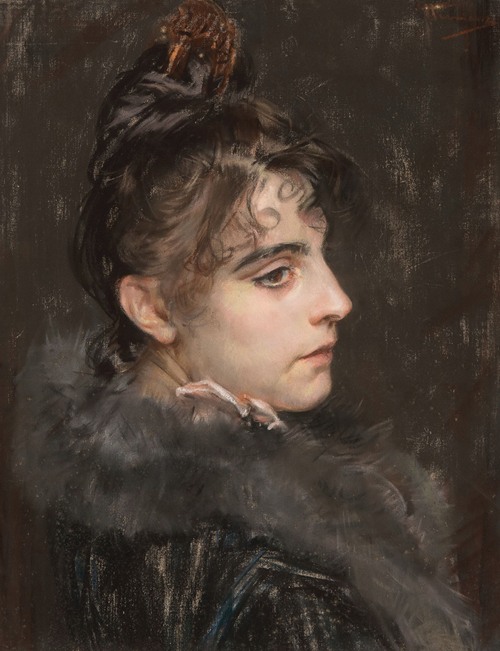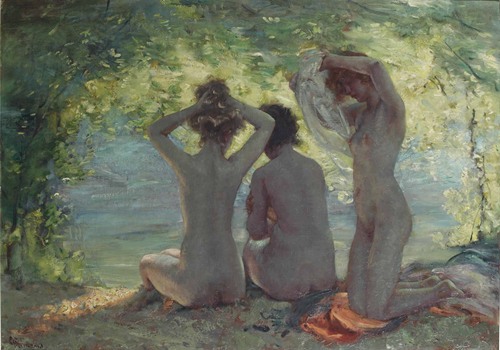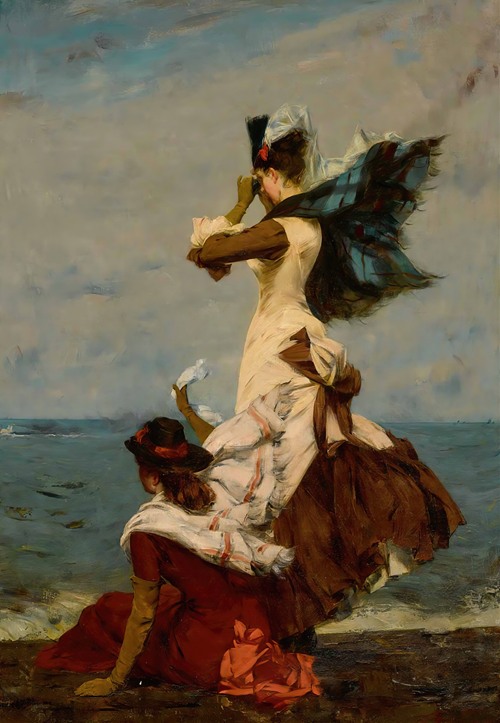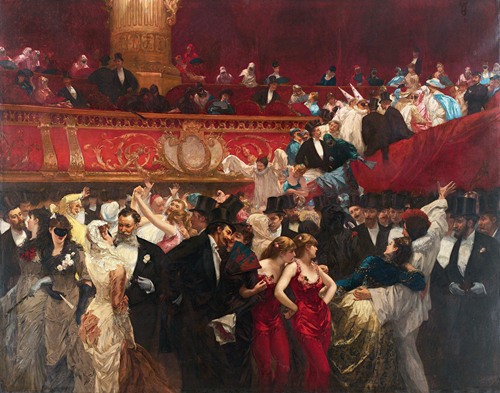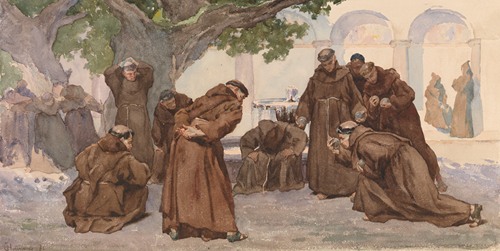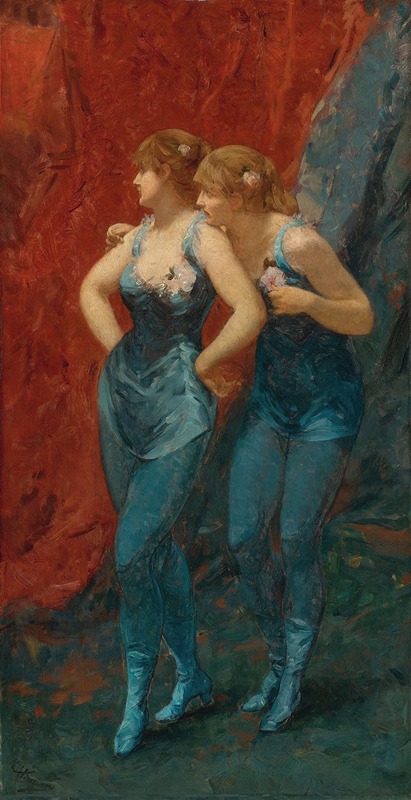
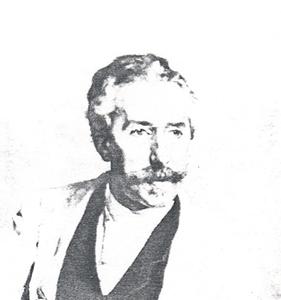
Charles Hermans was a Belgian painter of genre scenes, portraits, landscapes and some still lifes. Through a number of his monumental genre paintings he played an important role in the recognition of Realism in Belgian art.
Hermans was born in Brussels in a well-off bourgeois family. He showed an interest in art from an early age. In his native city Hermans received some artistic guidance from the painter Louis Gallait. He then studied at the Saint Luc workshop in Brussels, a liberal workshop which offered an alternative to traditional academic education. Between 1858 and 1861 he stayed in Paris where he studied at the workshop of the Swiss painter Charles Gleyre at the École nationale supérieure des Beaux-Arts. Gleyre was a prominent painter who had taken over the studio of Paul Delaroche in 1843 and taught a number of younger artists who became prominent, including Claude Monet, Pierre-Auguste Renoir, Alfred Sisley, and James Abbott McNeill Whistler.
From 1862 to 1867, Hermans stayed in Italy. In Rome he became fascinated with the life of the monks, which became a favorite subject of many paintings between 1866 and 1869. The theme of Catholic clergy was popular at the time as evidenced by the vogue of cardinal paintings made by artists such as the Belgian Georges Croegaert. He had an early success with his paintings of clerics. He later made several trips especially in the Mediterranean region and, in particular, Spain.
Hermans joined the Société Libre des Beaux-Arts, founded in Brussels on 1 March 1868, which brought together several famous Belgian naturalist artists such as Charles de Groux, Alfred Verwee, Constantin Meunier, Louis Dubois, Félicien Rops, Constantin Meunier, Louis Artan de Saint-Martin and Théodore Baron. The members admired the work of the French Realist painter Gustave Courbet and wished to confront the prevailing Academism in contemporary Belgian art. The Realist movement in Belgium gradually gained ground as evidenced by the fact that the Realist artists Constantin Meunier and Louis Artan de Saint-Martin received prizes at the Brussels salon of 1869. The battle with the Belgian art establishment appeared to have been won when in 1875 Hermans' At dawn was accepted at the Brussels salon without opposition.
Hermans participated in major international exhibitions such as the art section of the World Fair held in Paris in 1878 where he showed At dawn to general acclaim. He earned an international reputation thanks to this success. His paintings were acquired by museums, both in Belgium and abroad. Despite this early success Hermans was not able to realise the expectations. He had hoped to reiterate the reception of At dawn by creating the large, ambitious work The masked ball, which was exhibited at the Paris Salon of 1880. The impact of the work was less than that of his earlier work. Still many reproductions of it were made and the original was acquired by the Pennsylvania Academy of the Fine Arts in 1882.
Hermans died in Menton on 7 December 1924.
More Artworks by Charles Hermans
